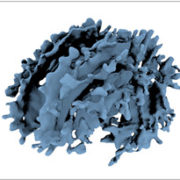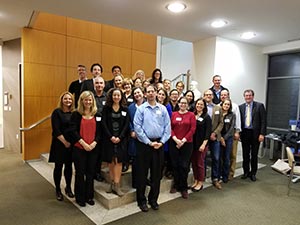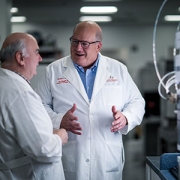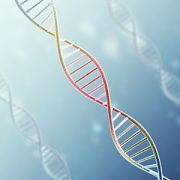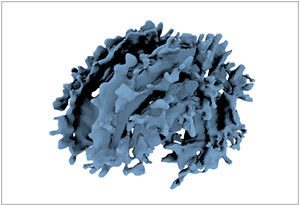
What’s Known
One single gene, lamin A/C, is to blame for a multitude of genetic disorders, such as premature aging and problems with nerves, the heart, and muscles. Uncertainties linger in the scientific and medical community about why subtle changes of this gene cause such dramatically different disorders, such as Emery-Dreifuss muscular dystrophy, a condition that can lead to progressive muscle weakness in childhood and heart problems by adulthood.
What’s New
The nuclear envelope is where attached regions are pulled from genetic circulation never to be used again. The process of attachment signals which parts of the genome the cell no longer considers useful. Discarding superfluous DNA keeps the cell focused on what matters more: Its future role. Proper cell differentiation hinges on “the coordinated execution of three key cellular programs,” the study authors write. Pluriopotency programs, which give primitive cells the remarkable ability to generate any cell type in the body, are inactivated. Exit from the cell cycle occurs, and cells stop dividing. Myogenesis is induced, ushering in formation of muscle tissue. Mutations in lamin A/C can disrupt this careful choreography with the cumulative effect of slowing exit from cell cycle, slowing exit from pluripotency programs, and poorly coordinating induction of terminal differentiation programs.
Questions for Future Research
Q: What are the regions of human genome that become attached to the nuclear envelope during the development of tissues other than muscle (such as fat, nerve, and heart)?
Q: Can medicines that influence epigenetic pathways help to reverse the inappropriate DNA-lamin associations in Emery-Dreifuss muscular dystrophy?
Q: Can the new knowledge of DNA-lamin associations during muscle cell differentiation help to inform stem cell therapies?
Source: “Laminopathies Disrupt Epigenomic Developmental Programs and Cell Fate.” J. Perovanovic, S. Dell’Orso, V.F. Gnochi, J. K. Jaiswal, V. Sartorelli, C. Vigouroux, K. Mamchaoui, V. Mouly, G. Bonne, and E. P. Hoffman. Science Translational Medicine. April 20, 2016.


